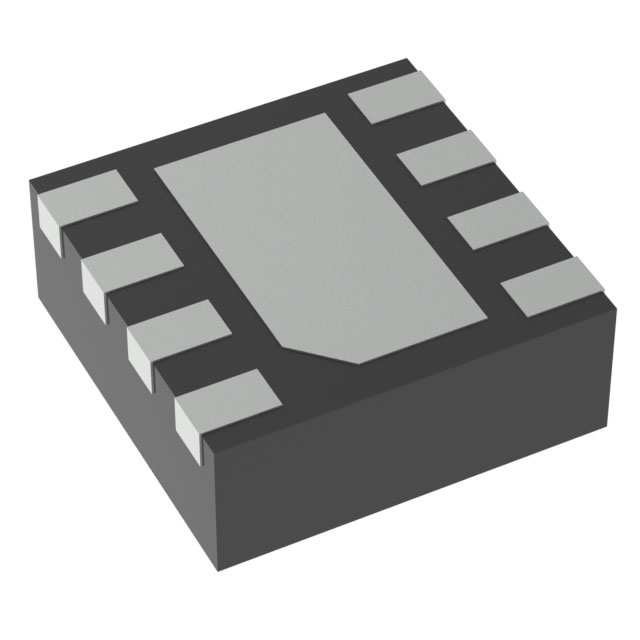MAX9017AEKA/V+T
Manufacturer No:
MAX9017AEKA/V+T
Manufacturer:
Description:
IC COMPARATOR 2 W/VOLT REF SOT23
Datasheet:
Delivery:





Payment:




In Stock : 0
Please send RFQ , we will respond immediately.









MAX9017AEKA/V+T Specifications
-
TypeParameter
-
Supplier Device PackageSOT-23-8
-
Mounting TypeSurface Mount
-
Package / CaseSOT-23-8
-
Operating Temperature-40°C ~ 85°C
-
Hysteresis4mV
-
Propagation Delay (Max)28µs
-
CMRR, PSRR (Typ)80dB PSRR
-
Current - Quiescent (Max)2.8µA
-
Current - Output (Typ)50mA
-
Current - Input Bias (Max)0.001µA @ 5V
-
Voltage - Input Offset (Max)5mV @ 5V
-
Voltage - Supply, Single/Dual (±)1.8V ~ 5.5V
-
Output TypeCMOS, Push-Pull, Rail-to-Rail
-
Number of Elements2
-
Typewith Voltage Reference
-
PackagingTape & Reel (TR)
-
Product StatusActive
-
SeriesAutomotive, AEC-Q100
The MAX9017AEKA/V+T is a precision, low-power, low-offset voltage operational amplifier integrated circuit chip. Some of its advantages and application scenarios include:Advantages: 1. Low offset voltage: The MAX9017AEKA/V+T has a very low input offset voltage, which ensures accurate and precise amplification of signals. 2. Low power consumption: It operates at a low supply current, making it suitable for battery-powered applications or any scenario where power efficiency is crucial. 3. Rail-to-rail input and output: The chip supports rail-to-rail input and output voltage range, allowing it to handle signals close to the supply rails without distortion. 4. Wide supply voltage range: It can operate from a wide range of supply voltages, making it versatile and compatible with various power sources. 5. Small package size: The chip is available in a small package, which saves board space and enables compact designs.Application scenarios: 1. Sensor amplification: The low offset voltage and high precision of the MAX9017AEKA/V+T make it suitable for amplifying small signals from sensors, such as temperature sensors, pressure sensors, or strain gauges. 2. Signal conditioning: It can be used for signal conditioning in various applications, including data acquisition systems, instrumentation, and control systems. 3. Portable devices: Due to its low power consumption and small package size, the chip is well-suited for portable devices like handheld meters, medical devices, or portable audio equipment. 4. Battery-powered systems: The low power requirements of the chip make it ideal for battery-powered systems, such as wireless sensors, remote monitoring devices, or portable data loggers. 5. Industrial automation: The high precision and wide supply voltage range of the chip make it suitable for industrial automation applications, such as process control, robotics, or motor control.It's important to note that the specific advantages and application scenarios may vary depending on the requirements and specifications of the overall system design.
MAX9017AEKA/V+T Relevant information









